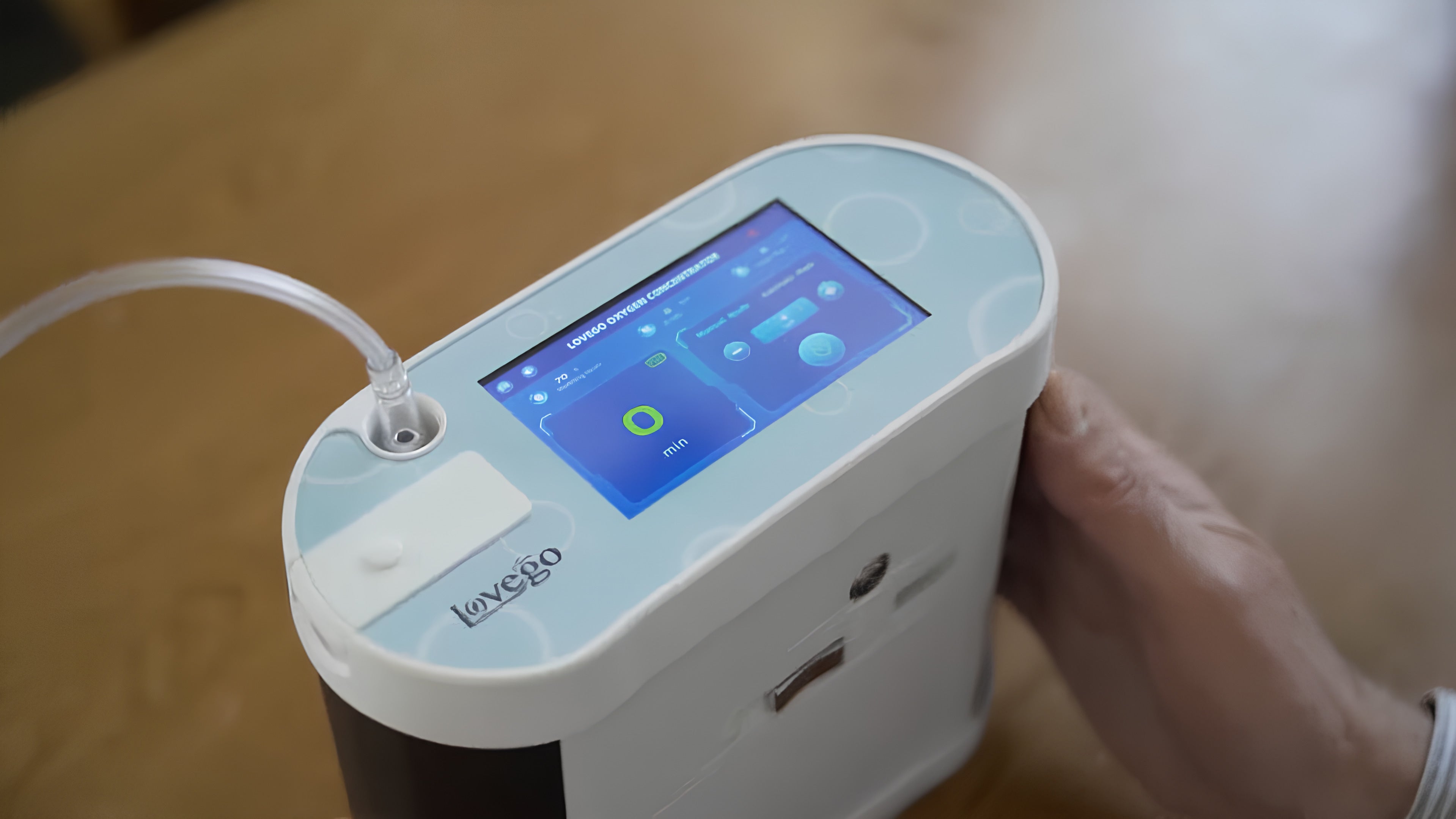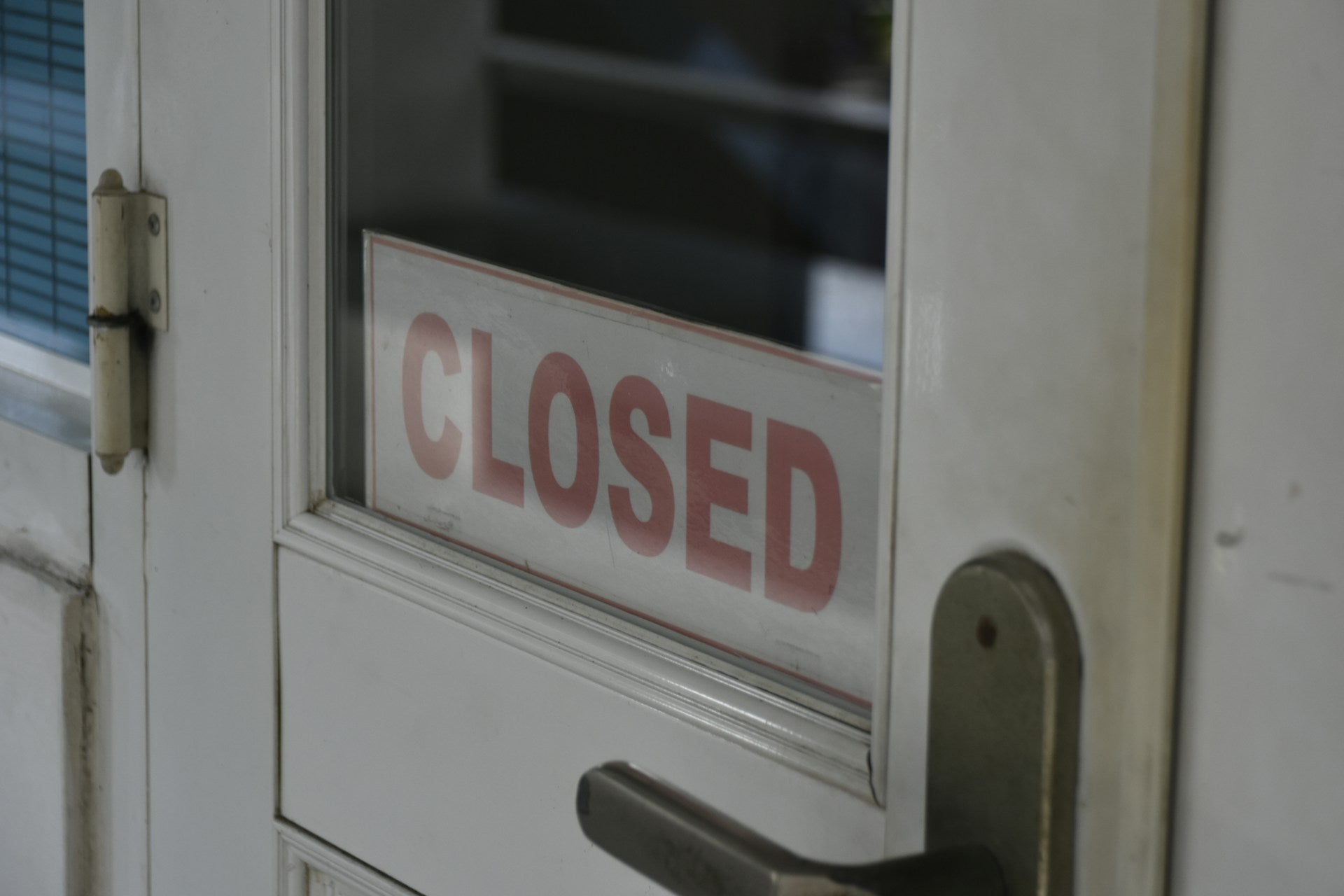Quick Answer
A portable oxygen concentrator, like Lovego's model, can run continuously for up to 24 hours when plugged into an electrical outlet. On battery power, the operation time of a portable oxygen concentrator is reduced to between 1 to 8 hours on a full charge, which varies with the oxygen output setting. The lower the output, the longer the battery will last. Moreover, some models feature interchangeable batteries that can be swapped without turning off the device, and options for larger batteries to prolong usage time. However, remember that devices providing continuous flow, in contrast to pulse flow, tend to have shorter battery life due to higher energy needs.
Introduction
If you're one of the many people who use a portable oxygen concentrator (POC) to help with breathing, you know how important it is to have a reliable source of oxygen when you're on the go. These small, lightweight machines take in air from your surroundings and filter out the oxygen, so you can breathe easier wherever you are. But have you ever wondered just how long your POC can keep running before it needs to be recharged? It's a key piece of information to have when you're planning your day, traveling, or simply making sure you won't run out of oxygen. In this article, we'll take a closer look at the things that impact your POC's battery life, how long some of the popular models can run continuously, and share some helpful tips for getting the most out of your POC's battery.
What Affects Your POC's Battery Life?
When it comes to how long your POC can run without needing a recharge, there are a few key things to keep in mind:
Battery Type and Capacity
- Lithium-ion batteries: Most POCs these days use lithium-ion batteries, which are lightweight and can hold a good amount of charge.
- Battery size: The bigger the battery, the more "juice" it can hold, which means longer runtimes. This is measured in watt-hours (Wh).
Your Flow Rate Settings
- Pulse dose vs. continuous flow: Some POCs can deliver oxygen in short bursts (pulse dose) or in a steady stream (continuous flow). Pulse dose tends to be more efficient and can extend battery life.
- Liters per minute (LPM): The higher your LPM setting, the more oxygen your POC delivers, and the faster it drains the battery.
Your POC Model
- Different brands and models: Not all POCs are created equal! Different manufacturers and models have varying battery life.
- Check the manual: To get the most accurate info for your specific POC, always refer to the user manual or reach out to the manufacturer.
How Long Can Common POCs Run on a Single Charge?
Now, let's take a look at some popular POC models and their continuous runtime capabilities. We'll focus on two products from Lovego: the 5L Portable Oxygen Concentrator and the Continuous Flow Portable Oxygen Concentrator.
Lovego 5L Portable Oxygen Concentrator

- Impressive features: This POC boasts a 50% larger oxygen flow than smaller models, a big touch screen, anda mobile phone remote control.
- Battery life: With two batteries, you can get up to 8 hours of total runtime. Here's a breakdown by flow setting:
- Setting 1 (400 ml/min): 4 hours with standard battery, 8 hours with extra battery
- Setting 2 (660 ml/min): 3 hours with standard battery, 6 hours with extra battery
- Setting 3 (1000 ml/min): 2 hours with standard battery, 4 hours with extra battery
- Setting 4 (1340 ml/min): 1.5 hours with standard battery, 3 hours with extra battery
- Setting 5 (1680 ml/min): 1.2 hours with standard battery, 2.4 hours with extra battery
- Fast charging: You can fully charge the batteries in just 1 hour using a car or home power outlet.
Lovego Continuous Flow Portable Oxygen Concentrator
- Top-notch capacity:This POC offers an impressive 7 liters of oxygen capacity, with both continuous flow (0.5 - 2.5L) and pulse flow (up to 7L) options.
- Extended battery life: A single battery can keep this POC running for up to 7 hours, making it perfect for all-day use at home, in the car, or while traveling.
- Compact size:Despite its powerful output, this POC is the smallest and lightest in its class.
- Non-stop operation: With the ability to work continuously for 24 hours, this POC is a reliable choice for those who need a constant supply of oxygen.
Both of these Lovego POCs offer excellent runtime and features, making them strong contenders in the portable oxygen concentrator market. As always, consider your individual oxygen needs and consult with your healthcare provider to determine which model is the best fit for you.
How to Make Your POC Battery Last Longer
We all want to get the most out of our POC batteries, right? Here are a few simple things you can do to extend your runtime and avoid any unexpected power issues:
Take Care of Your Batteries
- Charge smart: Follow the manufacturer's guidelines for charging your batteries. Avoid overcharging or letting them drain completely.
- Store them right: When you're not using your batteries, store them in a cool, dry place. Extreme temperatures can shorten their lifespan.
Adjust Your Flow Rate
If you're able to, try lowering your flow rate setting. This can help your battery last longer, but always check with your doctor first to make sure it's safe for you.
Bring Backup Batteries
When you're out and about, it's a good idea to carry extra batteries with you. That way, you can swap them out as needed and keep your POC running longer.
Use a Backup Power Source
If you're traveling or have access to other power sources, use them! Many POCs can be charged with a car adapter or an external battery pack. Just be sure to use the right cables and adapters for your specific device.
By following these tips, you can help ensure your POC battery lasts as long as possible, giving you more freedom and peace of mind throughout your day.

When a Portable Oxygen Concentrator Might Not Cut It
While POCs are awesome for many people, there are some situations where a stationary oxygen concentrator might be a better fit. Here's when you might want to consider a non-portable option:
You Need a Higher Flow Rate
If you require a continuous flow of oxygen at a higher rate, a stationary concentrator can typically provide more liters per minute than a POC.
You'll Be Without Power for a While
Planning on spending an extended time away from electrical outlets? A stationary concentrator with a backup oxygen tank might be more reliable than a POC with limited battery life.
Cost is a Factor
Stationary concentrators are often less expensive than POCs, both upfront and in terms of maintenance. If cost is a major concern, a stationary unit could be more budget-friendly in the long run.
Of course, everyone's needs are different, so it's important to talk with your healthcare provider to determine the best option for your specific situation.
Staying Safe and Keeping Your POC in Tip-Top Shape
To make sure your POC stays reliable and continues to provide the oxygen you need, there are a few key things to keep in mind:
Read the Manual
I know, I know - manuals can be boring. But trust me, your POC's manufacturer knows their stuff. Follow their guidelines for using, charging, and storing your device to keep it working smoothly.
Keep It Clean
Just like any machine, your POC needs regular cleaning to prevent buildup and keep the air flowing freely. Make sure to clean or replace your filters according to the manufacturer's instructions.
Monitor Your Batteries
Keep an eye on your battery health over time. Most batteries will eventually need to be replaced, so be aware of any changes in performance and have a replacement plan in place.
The key is to stay on top of maintenance and address any issues promptly. If you take good care of your POC, it'll take good care of you!
Final Thoughts on Portable Oxygen Concentrator Runtime
The runtime of a portable oxygen concentrator like Lovego's model can reach up to 24 hours when connected to a power source and varies from 1 to 8 hours on battery, depending on factors such as battery size, flow settings, and device type. It's essential to know how long your concentrator can run in different scenarios to ensure you have a continuous supply of oxygen. If you're unsure about your device's performance, always seek advice from healthcare professionals or the manufacturer. Proper understanding and maintenance of your POC will help you maintain your active lifestyle confidently, with the assurance that you won't be left without the oxygen you need.






Deixar comentário
Este site é protegido por hCaptcha e a Política de privacidade e os Termos de serviço do hCaptcha se aplicam.